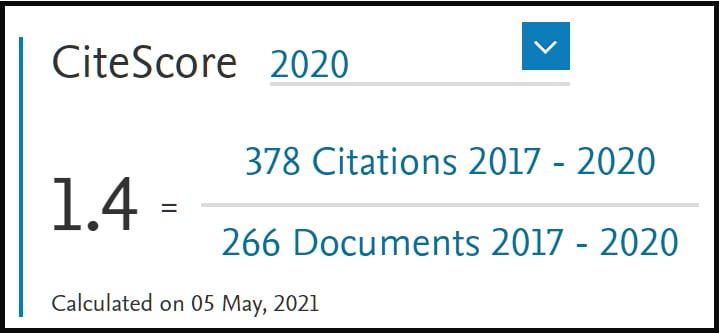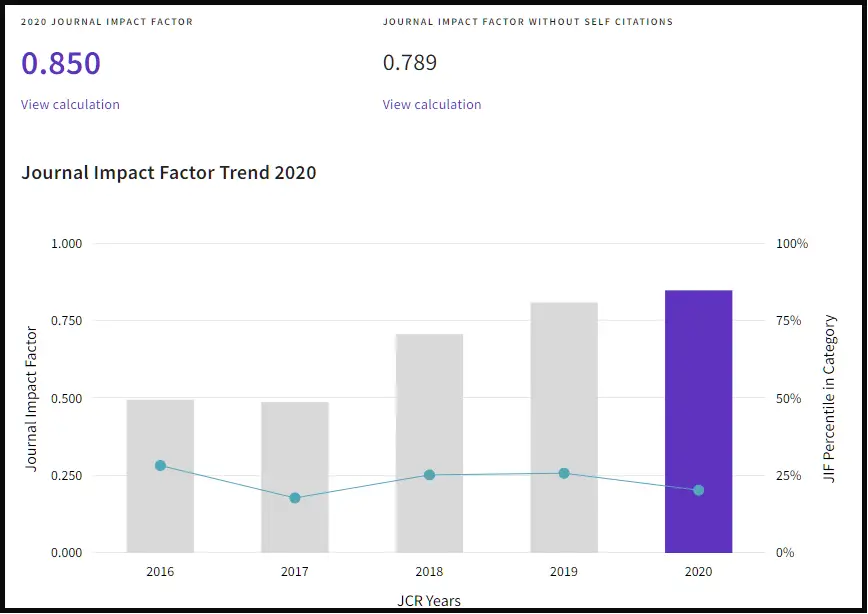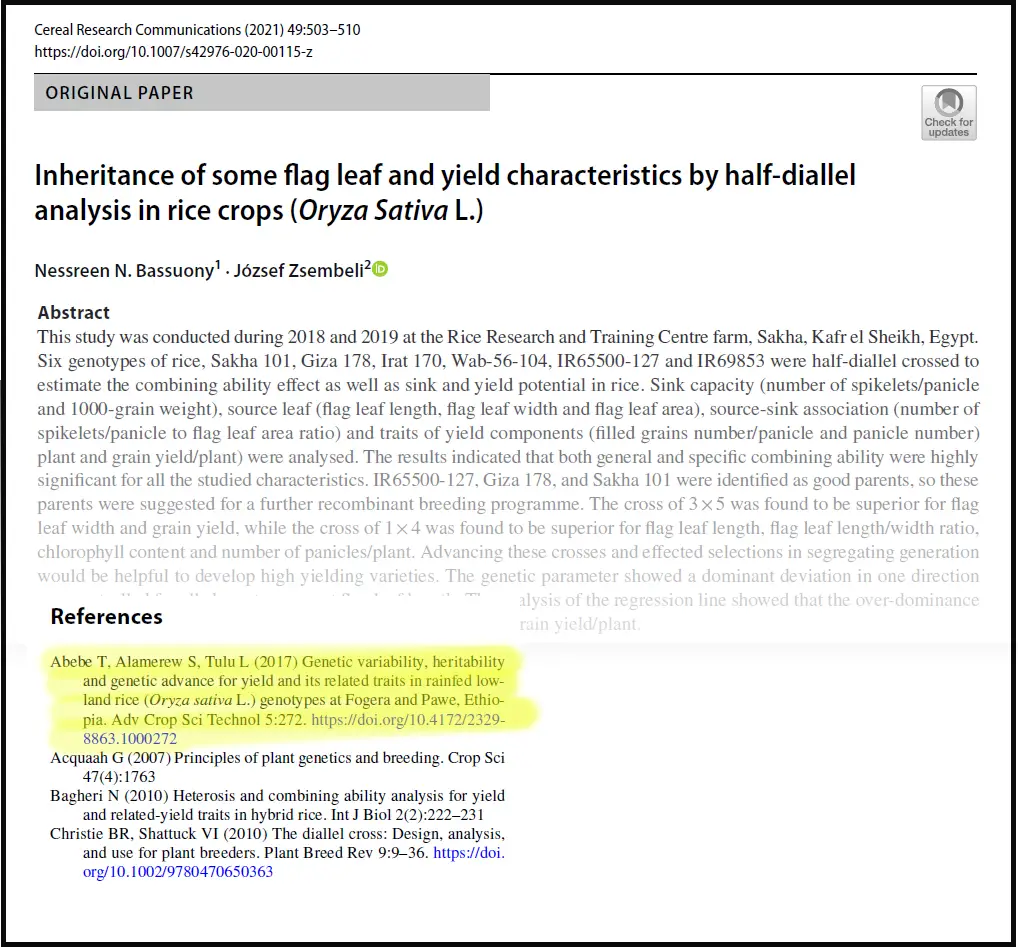On this platform, we often say (things like) “we run the risk of the scientific archive becoming infected”, but what does this actually mean?
Essentially, it means that the legitimate scientific literature is citing papers that have been published in predatory journals. Or, to put it another way, papers that have been subject to robust peer review are citing papers that have been published in a journal which has not been subject to a level of peer review that we would normally expect.
In this article we provide a single example simply to demonstrate what we mean by “infecting the scientific archive.”
We identify two journals. One is a (probable) predatory journal that has published a paper – many in fact, but we focus on just one. The other journal is a legitimate journal.
We show that the legitimate journal has cited a paper that was published in the predatory journal. This is what we mean when we say that the scientific archive is being infected.
Cereal Research Communications
Cereal Research Communications is the journal that has cited a paper from a (suspected) predatory journal. We are not purposefully highlighting this journal. It was just the first example that we found when planning this article.
The journal has been publishing since 1973. At the time of writing (January 2022), the journal has just completed publishing volume 49 (2021) and, we assume, will publish the first issue of volume 50 in March 2022.
The journal is also indexed in Clarivate’s Journal Citation Reports (see Figure 3) (commonly called Web of Knowledge, Web of Science or ISI). It has been indexed since 2000 and has a current impact factor of 0.850.
We believe that the Cereal Research Communications is a high quality, legitimate journal. We base this on the observation that it is indexed in both Scopus and Web of Knowledge and has been published since 1973.
Advances in Crop Science and Technology
Advances in Crop Science and Technology is published by OMICS. We mention the publisher as OMICS was the publisher that was ordered to pay $50 million by the Federal Trade Commission for (and we quote from the web site)
“… that they made deceptive claims about the nature of their conferences and publications, and hid steep publication fees. The court ruling resolved a 2016 Commission complaint alleging that Gedela and the companies falsely advertised online scientific and medical academic journals and international conferences, and deceptively claimed the journals provided authors with rigorous peer review and editorial boards comprised of prominent academics.”
The journal is not indexed in Scopus or Clarivate’s Journal Citation Reports (i.e. Web of Knowledge, Web of Science, ISI). This is not necessarily a bad thing. There are many “good” journals that are not indexed in these databases, but it does add to the body of evidence that this particular journal is predatory.
Given the court ruling and that the journal is not indexed in Scopus or Web of Knowledge, we believe that this journal can be classified as predatory.
Why choose this journal?
The reason that we were drawn to this journal is because we were looking at their web site and it had a link to their Google Scholar profile (see Figure 4). This showed, at the time of writing (January 2022), the journal had attracted 2,178 citations, had an h-index of 22 and its top cited paper had received 92 citations.
Based on this, we decided to look more closely at this journal, starting with their most cited article.
The cited article
The article we are considering, that was published in a (probably) predatory journal is this one:
T. Abebe, S. Alamerew, L Tulu (2017). Genetic variability, heritability and genetic advance for yield and its related traits in rainfed lowland rice (Oryza sativa L.) genotypes at Fogera and Pawe, Ethiopia. Advances in Crop Science and Technology, 5(2),272. DOI: 10.4172/2329-8863.1000272
This is the journals most cited paper (as of 24 Jan 2022) according to Google Scholar (see Figure 4).
The citing article
The article that cited the above article in the (probably) predatory journal is this one:
Bassuony, N.N., Zsembeli, J. (2021) Inheritance of some flag leaf and yield characteristics by half-diallel analysis in rice crops (Oryza Sativa L.). Cereal Research Communications 49, 503–510. DOI: 10.1007/s42976-020-00115-z
Figure 5 shows the article, along with some of its references, including the reference to the article that we believe has been published in a predatory journal.
Comment
The purpose of this article is not to draw attention to any one article; either predatory or legitimate. Rather, it is to show, by way of a simple example what we mean when we say “this could lead to the scientific archive becoming infected.”
The dangers of this happening are many. For example, it could provide (undeserved) legitimacy to a predatory journal, if the predatory journal has not been peer reviewed then the legitimate journal may be basing some of its research assumptions on a paper which is not scientific valid and if this happens a lot, then we will eventually lose confidence in the entire scientific archive.
How much has the scientific archive been infected?
That is a really difficult question to answer and, to our knowledge, nobody knows.
It would be really useful to have a much larger study to see the scale to which the scientific archive has already been infected.
One the challenges in doing such a study is classifying journals as being predatory or legitimate, which is the challenge that we all face and why this platform exists.
Final Remarks
We have purposefully only shown one example, as the purpose is to clearly show what we mean by the term “infecting the scientific archive” but we hope that you can imagine this on a larger scale and the detrimental effect it has on the scientific archive.







